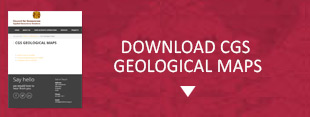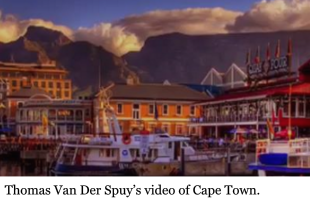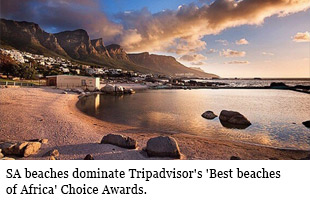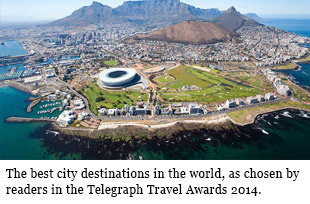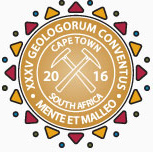
35TH INTERNATIONAL GEOLOGICAL CONGRESS
27 AUGUST - 4 SEPTEMBER 2016 | CAPE TOWN, SOUTH AFRICA
Sponsors
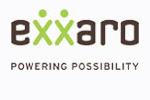


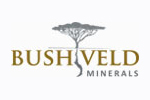


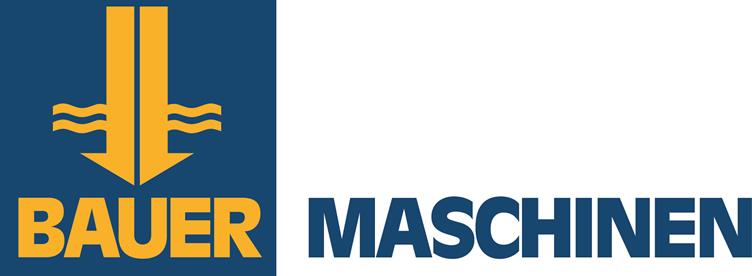









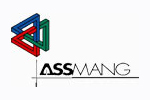
35 IGC SAGPGF




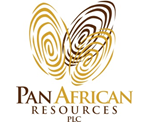
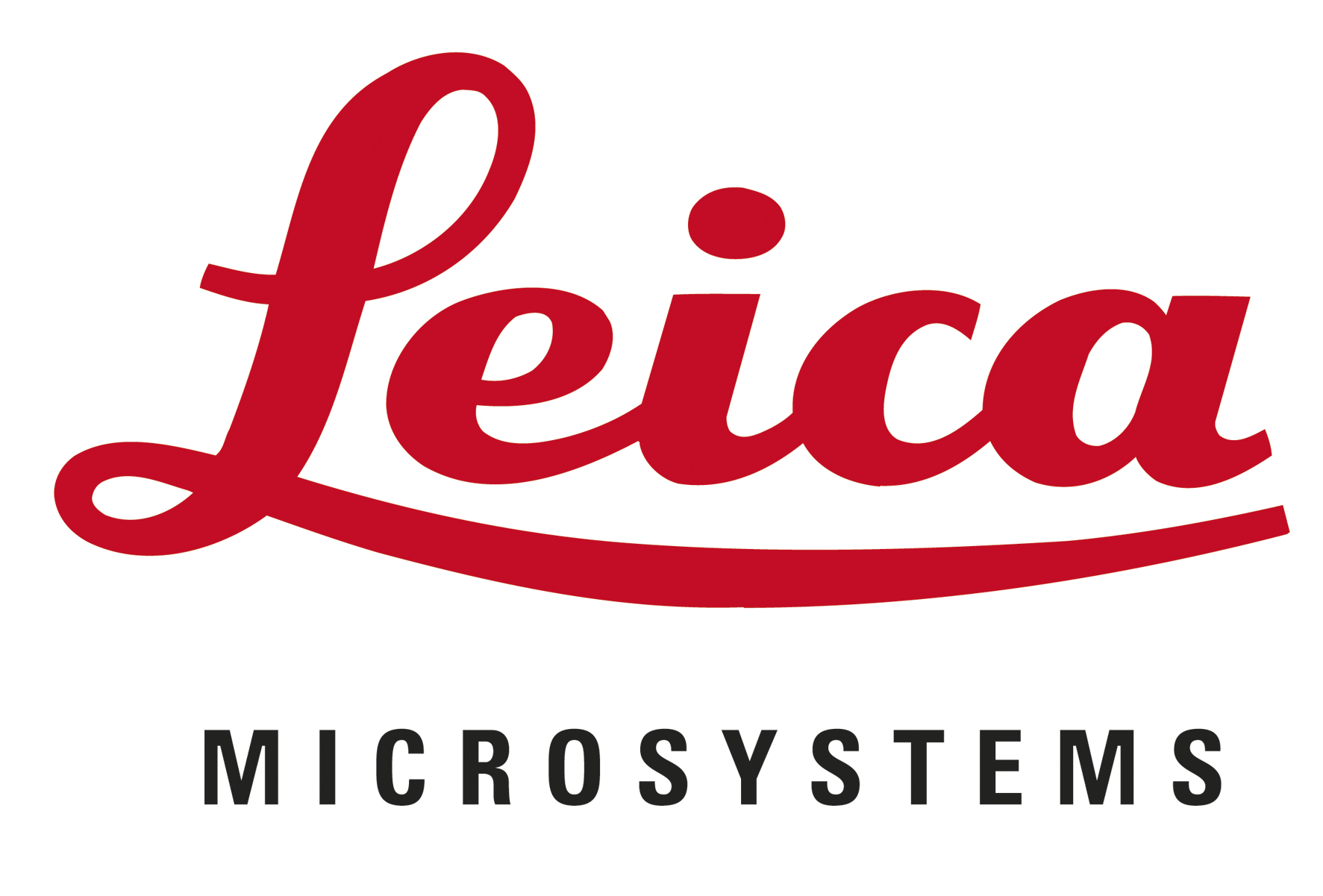
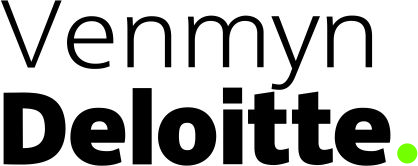
35TH INTERNATIONAL GEOLOGICAL CONGRESS
27 AUGUST - 4 SEPTEMBER 2016 | CAPE TOWN, SOUTH AFRICA
My IGC
Symposium Details
| Title | Description | Convenors |
|---|---|---|
| Proterozoic magmatic processes; insights into the crustal growth and accretionary events in diverse tectonic settings |
A greater part of the continental crust attained its threshold thickness during the Archaean-Proterozoic transition resulting in establishment of the continental lithospheric plates on the Earth. The process involving the extraction of continental crust from the mantle resulted in stabilization of the major cratons on the earth at 2.7 to 2.5 Ga [1, 2]. The subduction related arc magmatic processes predominantly contributed in the accretion and growth of the Neoarchean continental crust. The subsequent magma generation processes in the subcontinental lithospheric mantle (SCLM) and the lower continental crust during the early to late Proterozoic period was a reflection of the varying tectono-magmatic regimes in the domains of the continental crust with variable thickness. This resulted in tectonically distinct Proterozoic magmatic events, wherein compositionally and genetically varying magmatic rocks were emplaced at different crustal levels in the stabilised cratons. These Proterozoic magmatic events are globally recorded in diverse tectonic settings; in thick and stable part of the continental crust, crustally thinned regimes beneath active SCLM, extensional tectonic settings and at the interface of collision boundaries. Postdating the archaean period, these Proterozoic magmatic events in the intra-continental settings and active continental margins in the cratonic and adjoining areas signify (i) the culminatory events of crustal growth and accretion within the granite-greenstone terrene; the fundamental building blocks of the cratons (ii) dyke swarm activity in the cratons, events of tectonism and magmatism recorded during the evolution of platform type Proterozoic basins resulting in events of ultramafic-mafic -alkaline-felsic magmatism (iii) emplacement of deformed alkaline rocks- carbonatite-Gabbro-anorthosite complexes along the continental margins of the granulite belts (iv) extensive anorogenic granite magmatism along the terrene boundary zone of Proterozoic fold belts and cratons and (v) vestiges of the oceanic crust in the form of Proterozoic ophiolites along the Precambrian suture zones and pre collisional magmatic arcs [3]. The confinement of massif anorthosites [4], emplacement of OIB like uncontaminated mafic dykes and extensive anorogenic granite magmatism [5, 6] makes the Proterozoic a key period from the point of understanding the tectono-magmatic processes in the continental crust. Origin of the Proterozoic iron formations based on the changing hydrothermal inputs into the oceans have been well understood [7]. Another key aspect of Proterozoic tectonics is the assembly and growth of two supercontinents, Columbia / Nuna in the Paleoproterozoic and Rodinia in Late Mesoproterozoic. Geochronological studies of Proterozoic magmatic events particularly in the rift related anorogenic tectonic settings, collisional and post collisional tectonic settings provide critical insights into the timing of assembly and fragmentation of the Proterozoic Super continents. |
Sesha Sai |
 Field trips
Field trips  Sponsorship & expo
Sponsorship & expo  Registration
Registration Tours
Tours  Promotion
Promotion 

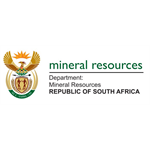












 Conference Programme
Conference Programme  Field trips
Field trips  Sponsorship & expo
Sponsorship & expo  Volunteer
Volunteer  GeoHost
GeoHost  Registration
Registration Tours
Tours  Promotion
Promotion  Publications
Publications


